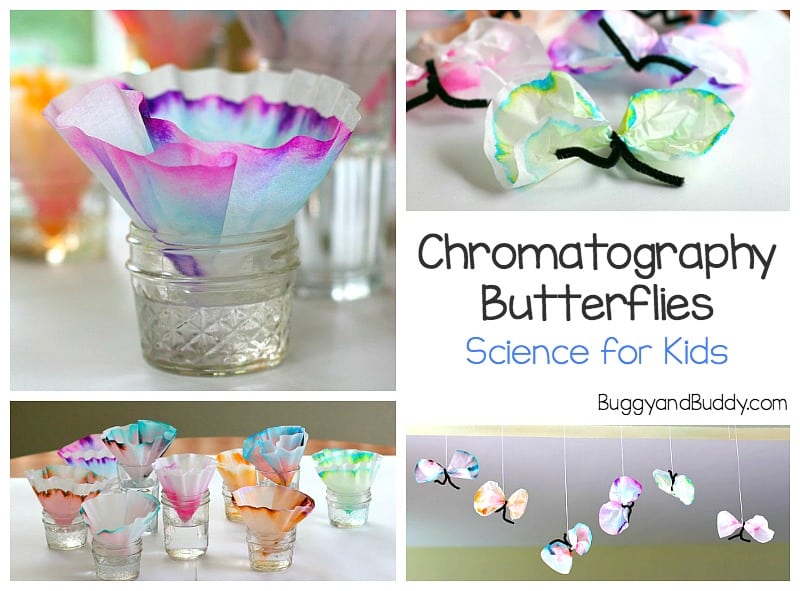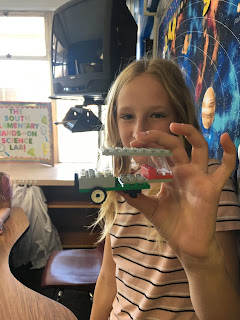For this lesson we learned all about Turkeys! Here are some fun facts we learned:
There are wild turkeys and domesticated turkeys.
Did you know there is archeological evidence of turkeys dating back 10 million years? Wow!
Turkeys live in 49 states in the United States. The only state that you cannot find turkeys in is Alaska.
Eighty-eight percent of Americans eat turkey on Thanksgiving and 46 million turkeys are consumed in the United States on that holiday!
Male turkeys have a wattle and a snood. Male turkeys, or Tom turkeys, can gobble and fan their tail feathers.
Female turkeys, or hens, can lay eggs once a year.
A group of turkeys is called a flock.
They live in woodland areas throughout the year and are omnivores.
They purposely eat pebbles and rocks which help them break apart food in their gizzards.
They are interesting birds and we learned a lot of new facts about turkeys!
We made chromatography turkey feathers and gobbler wobbler turkeys!









































